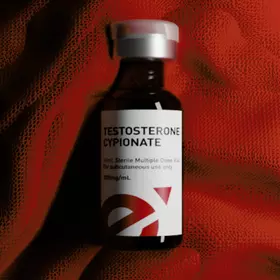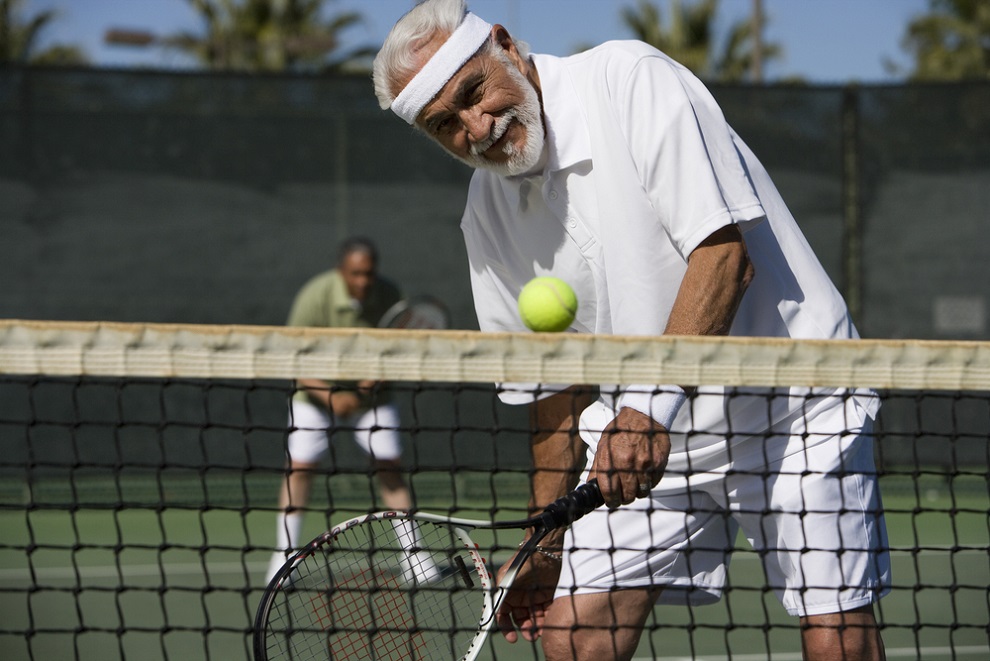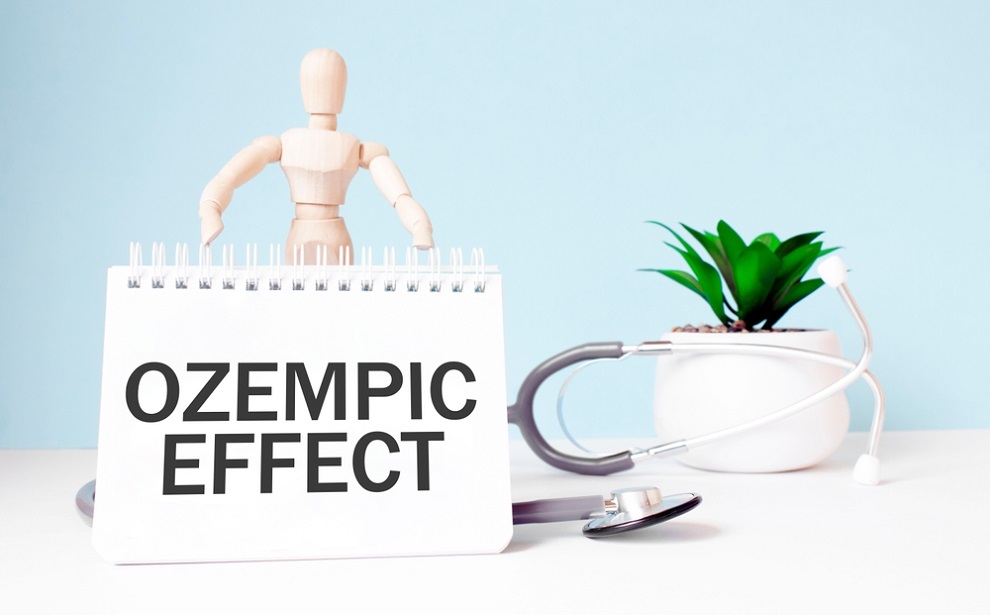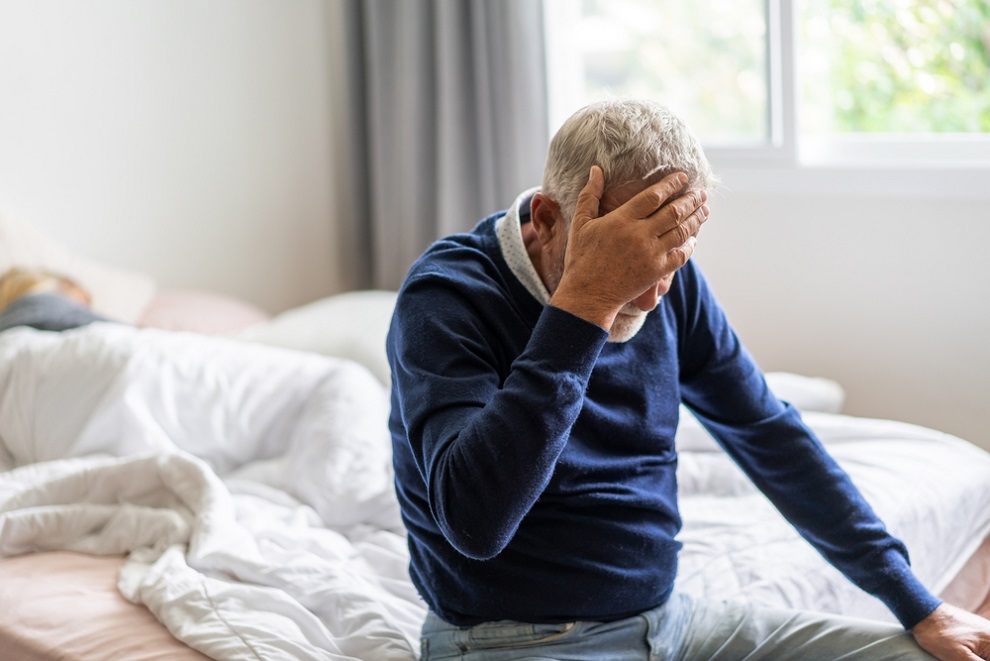After an intense workout, you can experience sore muscles that may limit your range of motion. There are many ways to reduce muscle soreness, and you can try post-exercise to relieve some of the pain.
Warming up muscles, drinking plenty of water, practicing active recovery, getting good sleep, massaging your muscles, and wearing compression garments can help to reduce post-exercise muscle soreness.
Read on to learn how to get rid of gym soreness.

All About Muscles
Muscles are tissues that allow our bodies to move. Muscles are also responsible for our hearts pumping, blood vessels contracting, and food moving through our intestines. These remarkable muscles are essential parts of a healthy body.
The two types of muscles people have are striated and smooth. The striated muscles have stripes called striations, which are an arrangement of muscle fibers in parallel lines. Skeletal muscles are a type of striated muscle that moves our body parts. The brain actively controls these muscles. Neurons send signals from the brain to activate the muscle contractions that move us.
Energy generated from our food allows for muscles to contract rapidly. This process is aided by molecules called actin and myosin. The exact process behind this is debated by scientists. However, researchers do understand that a calcium messenger molecule regulates muscle contractions.
Motor neurons send signals to the muscles, triggering an increase in calcium levels. This influx of calcium activates actin and myosin, which then start their work to contract the muscles.
Smooth muscles contract more gradually and cannot be controlled actively by the brain. These muscles are activated by hormones or neuronal signaling beyond our control. Hormones affect every part of your body, and as you age, these hormones may not be at the levels they were before.
Recognizing this, Male Excel makes it convenient and safe to get Testosterone Replacement Therapy (TRT) online. TRT replenishes your body to the optimal hormone levels you used to have so it can perform at its highest level. TRT can help restore energy, renew confidence, reduce fat, improve mental clarity, define muscles, help with weight loss, and increase your sex drive.
Our daily testosterone treatments closely mimic your body's natural hormone production cycle so that you have optimal results with less risk of side effects.
Why Do You Get Sore After a Workout?
Exercising damages our muscles. Strenuous activity causes microtears in the muscle fibers. Then, afterward, stem cells repair the damage, which results in stronger muscles. Inflammation and nerve sensitivity are byproducts of this structural damage.
Researchers still debate the exact cause of muscle soreness post-workout. Some researchers suggest that the burning sensation you feel after a challenging workout is the buildup of lactic acid in the muscles. Lactic acid is a byproduct of anaerobic metabolism. This process produces energy without using oxygen.
Muscle fatigue occurs when the process of turning a chemical called ADP into ATP, which is the primary energy source for muscles, happens too slowly. This delay can disrupt how muscles begin to move or respond to signals to contract. Simply put, ADP rephosphorylation is when ADP receives an additional phosphate part to transform into ATP, the essential energy molecule muscles rely on to work.
New exercises, exercises with many unnatural movements, and more intense than usual workouts are more likely to cause soreness. However, muscle soreness can arise from many causes, such as overuse, muscle injury, tension, and disease.
Acute muscle soreness occurs either during or immediately after exercise. This is a common type and is usually short-lived, lasting around for about 2-5 days. Delayed onset muscle soreness (DOMS) shows up around 24-72 hours after an intense workout. The pain should peak at about 1-3 days and then ease up.
If you experience muscle soreness regularly without changing up your exercise too much, it may be an idea to get it checked out. If you're worried, you should have a medical professional check you out for a more serious condition, such as muscle injury or a chronic disease, such as fibromyalgia or lupus.
How to Get Rid of Muscle Soreness
It is essential to help your muscles repair after an intense fitness routine to ensure they repair and grow bigger and stronger. Soreness is a natural part of some workouts, such as those done by a beginner. Yet, all physical activity should not cause soreness each time to be an effective workout.
Here are some tips for reducing muscle soreness after your workout:
#1 Don't Forget to Warm Up Your Muscles
Studies suggest that warming up your muscles before an eccentric exercise may help to reduce muscle soreness. Cool-downs are less effective in reducing muscle soreness.
You will want to start with a dynamic warm-up rather than static stretching. It is better to perform stretches after your muscles are already warmed up. So, take 10-15 minutes before an intense workout to warm up your muscles. Focus on large muscle groups first, such as the hamstrings. You can start with light aerobic activity, such as slow jogging or brisk walking.
Warming up will get blood flowing to your muscles and slowly increase your heart rate. Next, you can stretch your muscles, helping to improve your flexibility and range of motion. Once your muscles feel warm, you can start with slow, low-impact exercises for your intended muscle group. Gradually increase the speed and intensity.
Once you finish your fitness routine, you may want to cool down. Although it may not affect muscle soreness, it is still a good idea to ease your way out of your intense workout to slow down your heart rate. You can finish up your exercise routine with a slower-paced walk for about 5-10 minutes.
#2 Drink Plenty of Water To Avoid Muscle Soreness
Hydration is vital to muscle recovery. You need water to help flush out waste products and to deliver nutrients to your muscles for muscle repair. When you work out, you lose a lot of fluids through sweat. It is important to replenish those fluids. Additionally, hydrating before a workout can also help to reduce muscle soreness.
Drink 13 - 20 ounces of water around 2 hours before exercising. Then, drink around 5 -10 ounces of water every 15- 20 minutes of exercise. If you exercise over 90 minutes, you should drink an electrolyte beverage.
Dehydration can cause muscle cramps, leading to more muscle fatigue and pain. Symptoms of dehydration include thirst, dry mouth, dark urine, fatigue, headache, and lightheadedness. If you experience any of these symptoms while physically active, take a break and rehydrate. Dehydration can lead to a loss of potassium, magnesium, and sodium. So, you may replenish electrolytes with sports drinks.
You can also combat dehydration during exercise by eating foods with high water content, such as watermelon, cucumbers, oranges, and other fruits and vegetables. These foods also contain other nutrients that may help you with exercise recovery.
#3 Incorporate Active Recovery Into Your Fitness Routine
Active recovery is when you incorporate low-intensity exercise into your fitness routine to help you recover from a high-intensity workout. You can practice active recovery during your workout by switching between short bursts of intense exercises and recovery periods, commonly called high-intensity interval training (HIIT).
HIIT is good for challenging your body while building in periods of rest to help your body recover faster. After a workout, you can incorporate a cool-down sequence, as mentioned previously, to help your body recover from activity that is out of your usual routine.
Finally, it is important to incorporate rest days into your exercise routine. On your rest days, you can do gentle exercises such as walking, yoga, or swimming to stay active but also give your body a chance to repair muscle damage.
#4 Massage Your Muscles
Massaging your muscles after a workout may increase your range of motion and prevent DOMS. Massages improve blood circulation and the availability of nutrients and oxygen to the affected muscles. This can help reduce inflammation by moving the fluids accumulating in the muscles after physical activity.
You can try a type of self-massage called foam rolling. To perform this myofascial release, you use a foam roller, essentially a tube made of foam, and roll it over your fascia. The fascia is the connective tissues that house your muscles, tendons, and ligaments. You should start with smooth, low, intense rolls if you are a beginner.
You may want to get a professional massage therapist if you frequently work out or engage in intense sports. A post-workout professional massage can help to improve muscle performance and reduce pain.
Massage guns or vibration therapy are popular tools used to relieve muscle soreness. The device comes with several attachments in various shapes and sizes. You place these on different muscle groups, and the massage gun delivers rapid vibrations that promote blood flow to that area.
Perform these massages before and after exercising to help reduce swelling and prevent muscle aches.

#5 Get a Good Night's Sleep
Sleep is essential for protein synthesis, which helps to repair damaged muscles. Lack of sleep causes so many health problems, including poor heart health, mood changes, and higher pain sensitivity. When you don't have enough sleep, it can alter your hormone secretion. If your hormones are out of balance, this may make your inflammation more intense, causing more muscle pain post-workout.
The Sleep Foundation suggests that most healthy adults need at least 7 hours of sleep each night. If you have difficulty sleeping, you may want to consider practicing some of these sleep habits:
- Build a nightly bedtime routine to help you relax and fall asleep quickly
- Minimize distractions such as light, sound, and inadequate temperatures
- Buy a mattress that is comfortable and supportive
- Choose bedding and pillows that offer comfort and support
- Avoid caffeine and alcohol several hours before bedtime
- Disconnect your electronic devices at least a half hour before bedtime
Getting appropriate sleep also improves your overall wellness. The health benefits include more energy, improved mood, and better heart health.
If you continue to experience sleep issues, you will want to talk to your healthcare provider to determine if there is a cause for your insomnia.
#6 Use Compression Gear and Kinesiology Tape
Compression gear are garments that put pressure on the body. You can buy compression shirts, socks, and other compression clothes to help support and stabilize your body parts as you train. These garments support staring and improve blood circulation. They also allow air circulation, so this can reduce overheating during cardio.
Many people claim that compression clothing helps to eliminate muscle soreness and fatigue. The tightness of the closes helps ease swelling. The increased blood pressure may aid in the healing and rebuilding of muscle tissue.
Kinesiology tape has similar benefits. This flexible adhesive supports muscles and joints during activity. This tape is made from cotton with an acrylic adhesive that you stick to your skin. Many athletes wear strips of this tape on their arms, legs, and backs while playing sports. Kinesiology tape may relieve joint and muscle pain and increase muscle mass.
How Can You Treat Muscle Soreness
Once you have sore muscles, you may be looking for any relief. You can use both cold and heat therapy to treat muscle soreness. Heat therapy can relieve tight muscles by increasing circulation and blood flow. You can use a heating pad on an old injury or pain to ease the soreness.
Cold therapy slows circulation, which can reduce swelling. This method is typically better for newer injuries. In this case, you might try applying an ice pack to the sore area. It is best to alternate between heat and cold therapy for best results.
You may also want to soak in a warm bath with Epsom salts. Magnesium and sulfate in an Epsom salt bath get absorbed through your skin. They may help to relax muscles and relieve pain.
Over-the-counter pain relievers such as aspirin, acetaminophen, ibuprofen, and naproxen are anti-inflammatory drugs that also treat muscle soreness and pain. Topical ointments such as Ben Gay and Tiger balm are also often used to treat acute muscle pain.
Some athletes also drink tart cherry juice as a supplement to treat muscle soreness. Cherry juice has antioxidant properties that are popular with athletes for repairing muscle and accelerating recovery after exercise.
Chronic muscle pain or pain that doesn't go away in a few days should be evaluated by a sports medicine doctor who can give you more specific treatments and may be able to help pinpoint the cause of discomfort.
Conclusion: Muscle Soreness
Preventing muscle soreness begins before the workout starts. You should warm up your muscles and plan a fitness routine that builds in active recovery. Good sleep and hydration also aid in recovering sore muscles. You can also practice massage and use compression garments and kinesiology tape to reduce inflammation that causes pain after an intense workout.
Should you find yourself experiencing persistent pain that lasts more than a week after vigorous physical activity, it is crucial to consult a healthcare provider. A professional can assess the affected area and provide a tailored treatment plan to address your specific health needs.

Find out if TRT Can Help You
TRT from Male Excel





